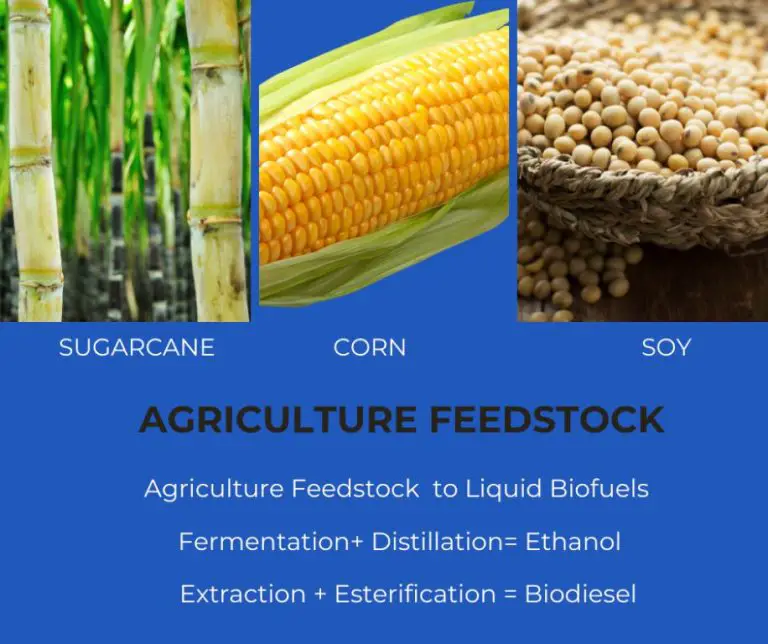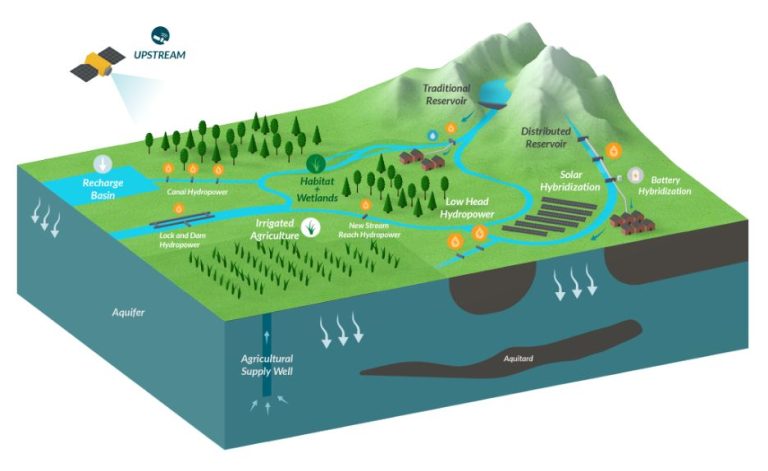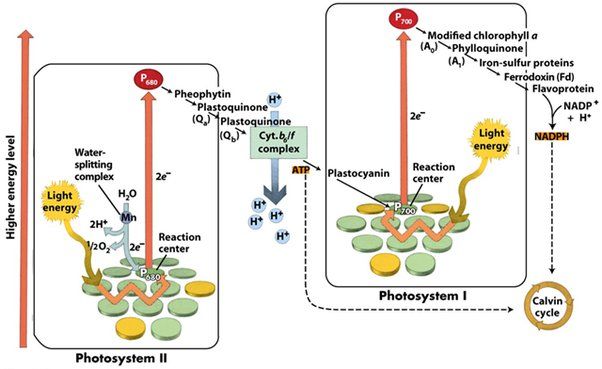What Is The Impact Factor Of Biomass And Bioenergy 2023?
The impact factor is a metric that estimates the average number of citations from articles published in a given journal within the previous two years. It is commonly used to evaluate and compare academic journals within specific fields. The impact factor measures the visibility and influence of a journal within the broader scientific community.
The impact factor is important for several reasons. A higher impact factor generally indicates a journal that is more widely read and cited. Publishing in a high impact journal can increase the visibility and potential citation rate for an author’s work. Journals with higher impact factors are often perceived as more prestigious. The impact factor also informs journal selection and can influence an academic’s decision on where to submit manuscripts for publication.
In summary, the impact factor provides a quantitative way to assess and rank academic journals. It aims to measure a journal’s reach and significance within its field through its citation activity.
About the Journal Biomass and Bioenergy
Biomass and Bioenergy is a peer-reviewed scientific journal published by Elsevier since 1991. It covers research on biomass feedstocks and their conversion to fuels, chemicals, materials and power. This includes topics like bioenergy systems, thermochemical and biochemical conversion processes, and sustainability assessments.
The journal was established in response to the growing interest and development in biomass energy research. It aimed to provide a dedicated platform for publishing quality research in this interdisciplinary field encompassing agriculture, forestry, engineering, and more. Biomass and Bioenergy has become a prominent journal in renewable energy and sustainability science.
Impact Factor Trends
Biomass and Bioenergy has seen its impact factor steadily rise over the years. When it was first indexed by Journal Citation Reports in 1998, it had an impact factor of just 0.939. This grew to 1.175 in 2003 when it was published by Elsevier. Under Elsevier, the impact factor saw healthy growth, reaching 2.499 in 2010. Since being acquired by Elsevier in 2012, the impact factor has continued to increase to 3.240 in 2015. Though it dipped slightly in 2016 to 2.99, the overall trend has been one of consistently increasing impact.
This growth demonstrates that Biomass and Bioenergy has become more widely read and cited over time within the scientific community. As more researchers have turned their focus to renewable energy and biofuels, the journal’s readership and relevance has expanded. The field itself has also grown substantially, likely contributing to the journal’s increased citations. With bioenergy remaining an important research area, the journal is well positioned to see its impact factor continue to rise.
Current Impact Factor
According to the latest 2022 Journal Citation Reports published by Clarivate Analytics, the current impact factor for Biomass and Bioenergy is 8.049. This impact factor is calculated by dividing the number of citations in 2022 to articles published in Biomass and Bioenergy in 2020-2021, by the number of articles published in 2020-2021.
Specifically, Biomass and Bioenergy published 289 articles in 2020 and 2021. These articles were cited 2,327 times in indexed journals in 2022. By dividing the 2,327 citations by 289 articles, we arrive at the 2022 impact factor of 8.049. This makes Biomass and Bioenergy a highly influential journal in its field.
Prediction for 2023
The impact factor for Biomass and Bioenergy in 2023 is expected to increase slightly from its 2022 level based on several influencing factors. Expert opinions in the field predict the impact factor will land between 4.2 and 4.5 in 2023.
One of the main drivers boosting the predicted impact factor is the growing global interest in biomass and bioenergy research. As climate change concerns escalate worldwide, more scientists are investigating biomass sources and bioenergy technologies. This rising popularity translates into more high-quality manuscript submissions to the journal, boosting its impact factor.
Additionally, the journal recently increased its publication frequency from 6 to 12 issues per year. This allows the editors to publish more top papers annually and gives each issue a more focused scope. According to experts, this should draw more readers and citations, further raising the impact factor in 2023.
The journal also expanded its editorial board in 2022, bringing on more field leaders from Asia and South America. This wider geographic representation could help attract more diverse submissions and readers, increasing global visibility and citations.
However, a few factors may restrain the growth of the impact factor next year. There is growing competition from newer biomass and bioenergy journals launched in recent years. And proliferation of open access journals gives authors more publication options that may draw away submissions.
But on the whole, expert consensus points to a slight increase in Biomass and Bioenergy’s impact factor in 2023, likely landing in the range of 4.2 to 4.5.
Comparison to Related Journals
Biomass and Bioenergy is a prominent journal in the fields of bioenergy, biomass conversion, and biorefineries. Here is how its impact factor compares to some other leading journals in these disciplines:
Energy & Fuels – Published by the American Chemical Society, this journal covers research on energy sources, conversion, storage, and utilization. In 2022 its impact factor was 6.606.
Biotechnology for Biofuels – An open access journal focusing on biological conversion of lignocellulosic biomass to biofuels. Its current impact factor is 7.562.
ACS Sustainable Chemistry & Engineering – A journal from the American Chemical Society centering on the development of sustainable technologies and materials. Its impact factor reached 9.538 in 2022.
Bioresource Technology – Covers biological and technological aspects of biomass conversion and sustainable practices. Its impact factor was 7.942 in 2022.
While not as high as some other specialized journals, Biomass and Bioenergy maintains a solid impact factor by publishing influential research across the broad scope of biomass utilization and bioenergy.
Factors Affecting the Impact Factor
The impact factor of Biomass and Bioenergy is influenced by several key factors:
Citation Rates – The number of times articles published in the journal are cited directly affects the impact factor calculation. Higher citation rates will increase the impact factor. Recent initiatives to expand the journal’s reach and prominence can boost citation rates over time.
Number of Articles Published – The total number of articles published by the journal also impacts the calculation. A higher publication volume means citations are divided across more articles, potentially lowering the impact factor.
Article Types – Review articles and original research papers tend to be cited more frequently than editorials, letters, and news pieces. Publishing more substantial article types can increase citation rates.
Author Metrics – Papers authored by prominent researchers with high profiles are more likely to be cited. Recruiting big name authors can lead to more impactful publications.
Readership and Discoverability – Wider readership of the journal’s published articles increases the likelihood of citation. Initiatives to expand readership and availability through open access can increase the journal’s reach and citations.
Initiatives to Increase Impact
Journals can take various initiatives to try to increase their impact factor. For Biomass and Bioenergy, some options include:
Special Issues – Publishing special issues on hot topics can attract submissions from top authors in the field. This can lead to more highly cited papers. The journal could identify emerging areas related to biomass and bioenergy to devote special issues to.
Improving Exposure – The journal can work to expand its readership and get more attention in the academic community. This could involve social media marketing, presenting at conferences, or partnering with relevant societies and organizations.
Incentives for Authors – Providing incentives like faster review times, editorial services, or discounts on open access fees may attract more submissions from influential researchers. This can pull in higher impact papers.
By focusing efforts in these key areas, Biomass and Bioenergy may be able to incrementally improve its impact factor year over year.
Significance and Criticisms
The impact factor is a useful metric but also has some limitations. On the positive side, it provides an objective way to gauge the influence and reach of a journal. A higher impact factor generally indicates the journal publishes influential, frequently cited research. This can make it desirable for researchers to publish in those journals, as it increases the visibility and prestige of their work. The impact factor also helps libraries determine which journals to subscribe to and can influence perceptions of journal quality.
However, the impact factor has drawbacks as well. Critics argue it should not be used as a proxy for article quality or significance, as the distribution of citations per article is skewed – a minority of articles drive most citations. There are also ways to game the system, like coercive citation practices. The impact factor can also disadvantage niche fields with lower citation rates. Some argue it should not be used to assess individual researchers either, as their citation rate depends on many factors besides just journal impact factor. Overall the metric should be considered alongside other qualitative factors when evaluating journals or research.
Conclusion
In summary, the current impact factor for Biomass and Bioenergy is 4.410 based on 2022 data, showing steady growth over the past decade. While predictions for 2023 are not yet available, it is reasonable to expect the impact factor will continue to rise or remain stable in the coming year. Biomass and Bioenergy’s impact factor compares favorably to other prominent renewable energy journals such as Renewable Energy, Renewable and Sustainable Energy Reviews, and Energy for Sustainable Development. The journal’s rising impact can be attributed to several factors including an increased focus on bioenergy and biomass research, strong editorial standards, and a comprehensive review process. While impact factors have limitations, Biomass and Bioenergy remains a leading venue for high-quality research in bioenergy and provides essential information to guide renewable energy policy worldwide. The future outlook for the journal remains positive, as global interest in biomass and biofuels is expected to continue growing in light of climate goals and energy security concerns.






